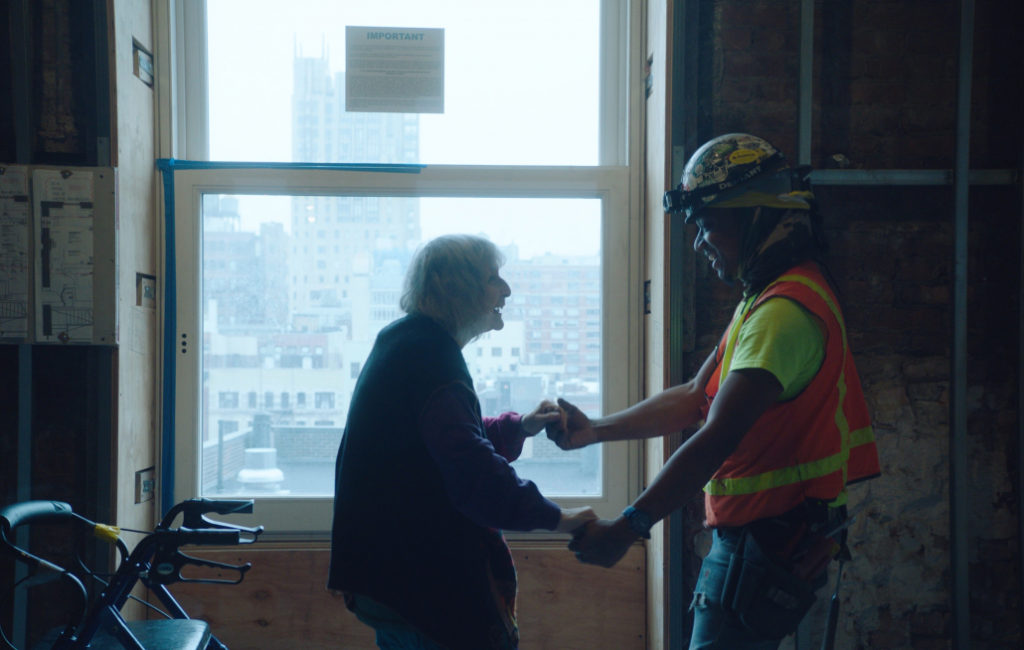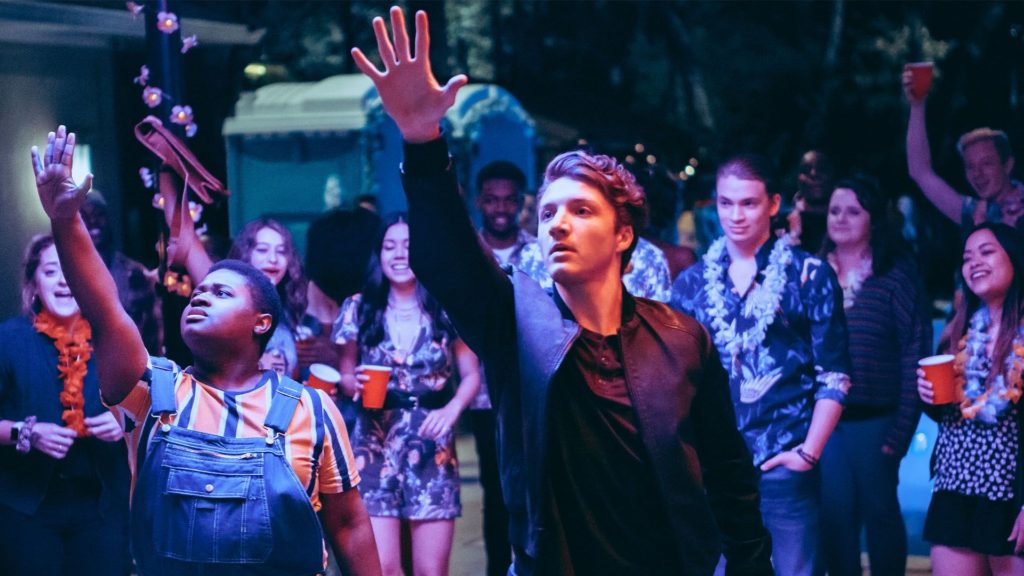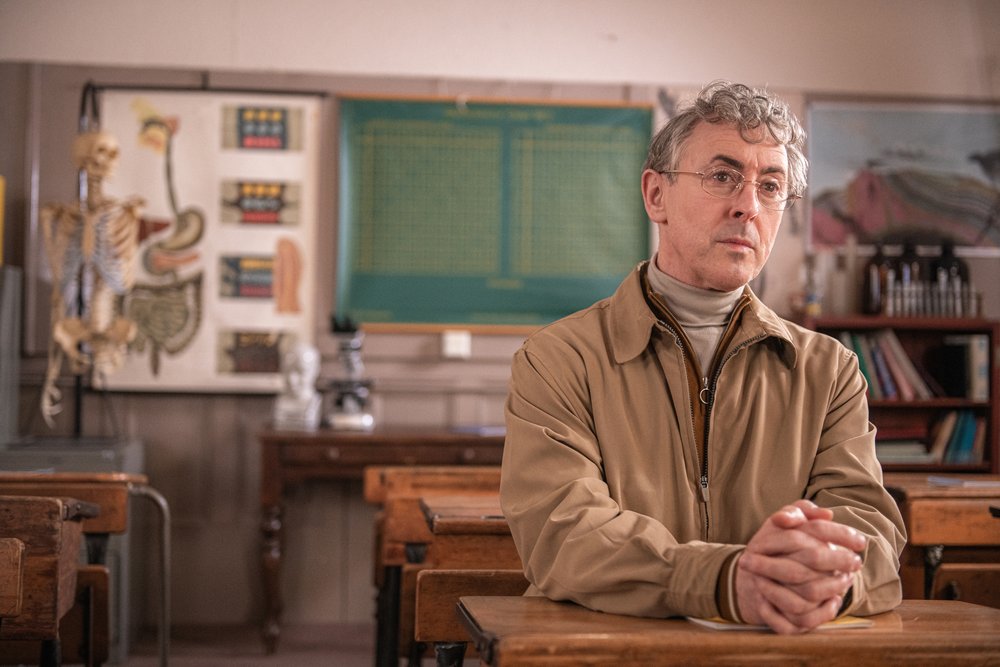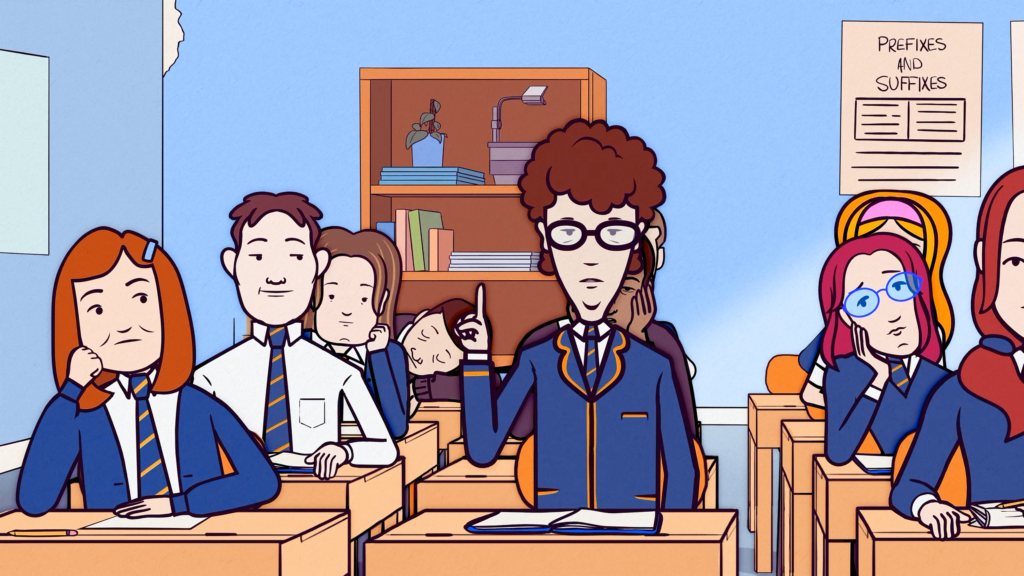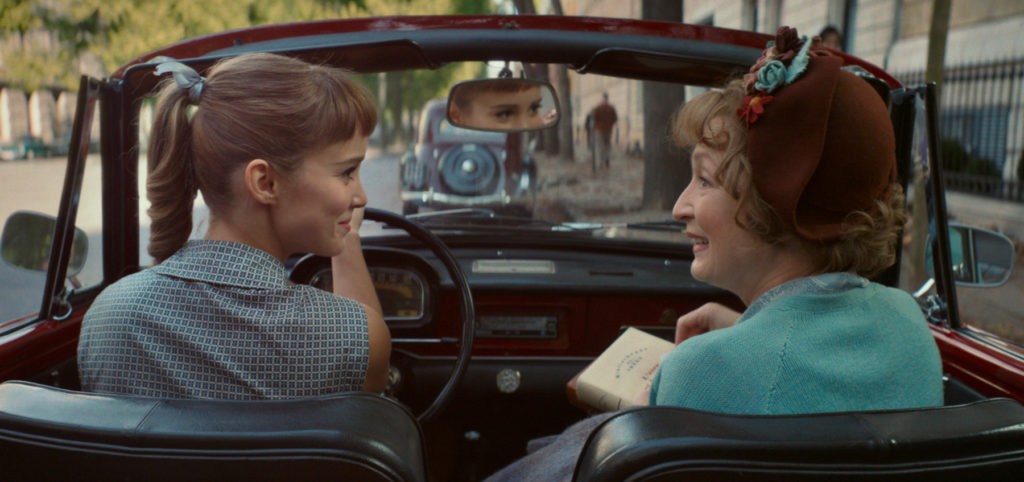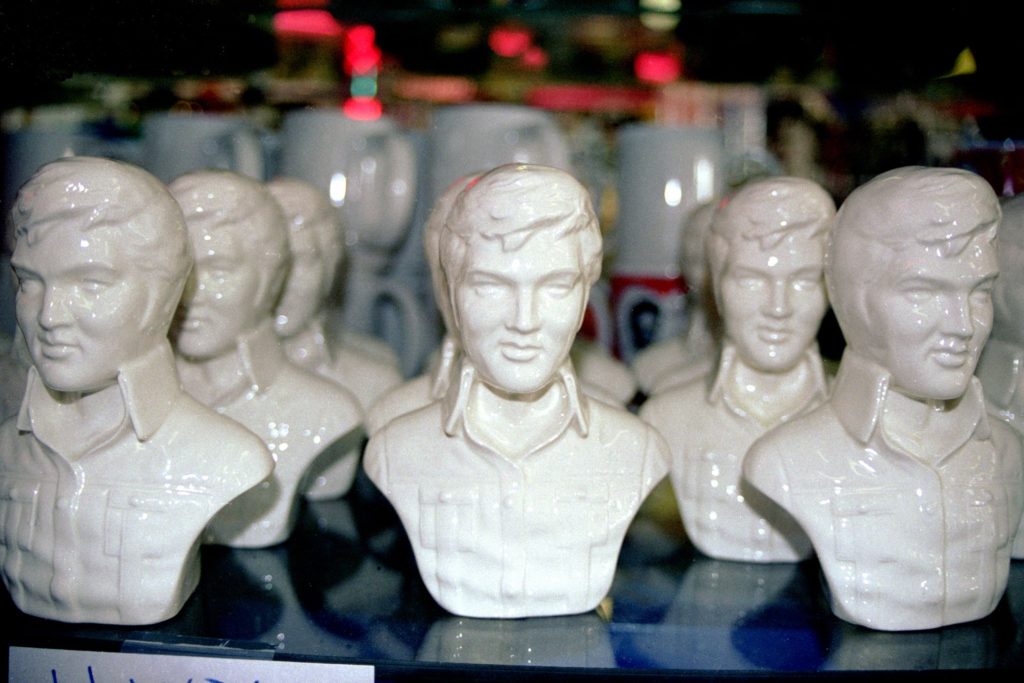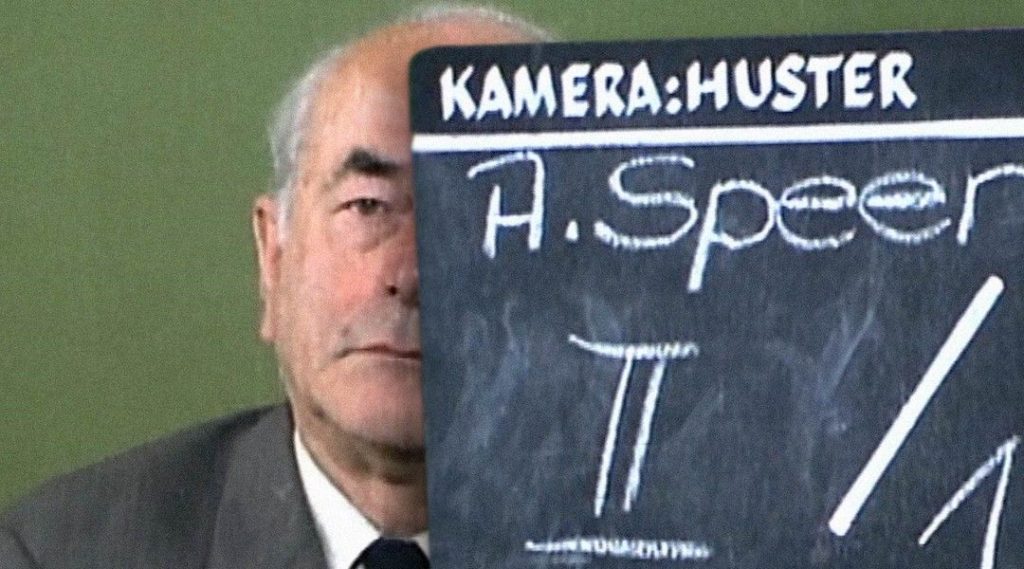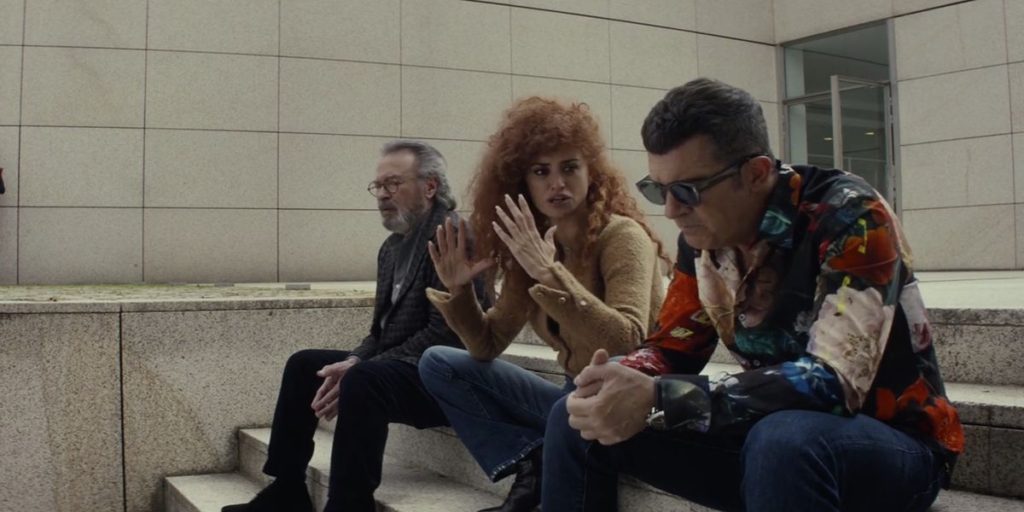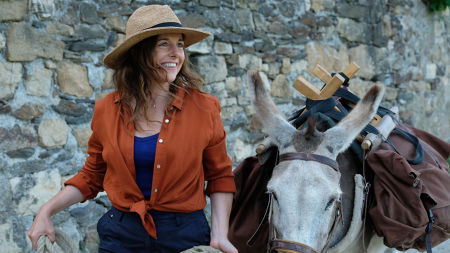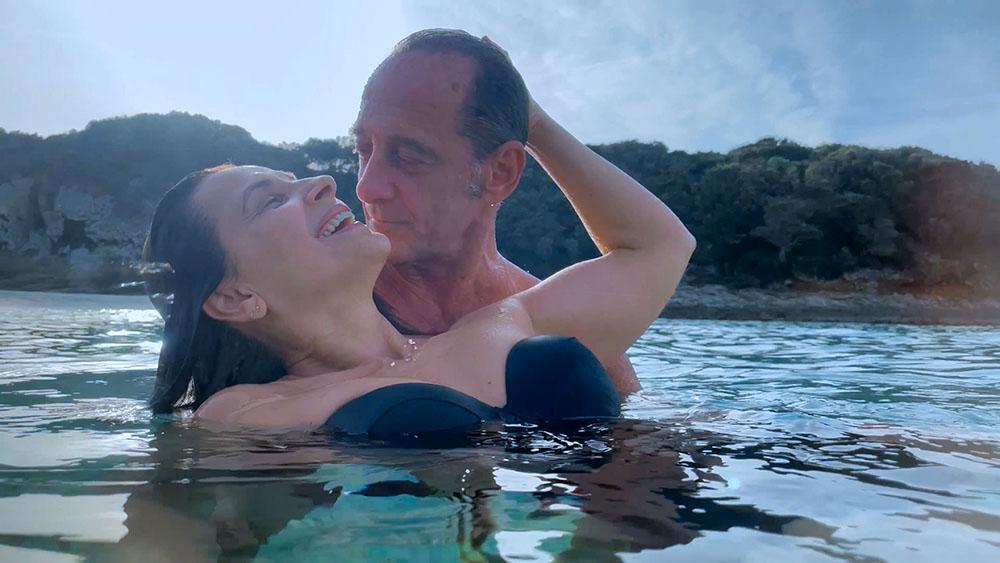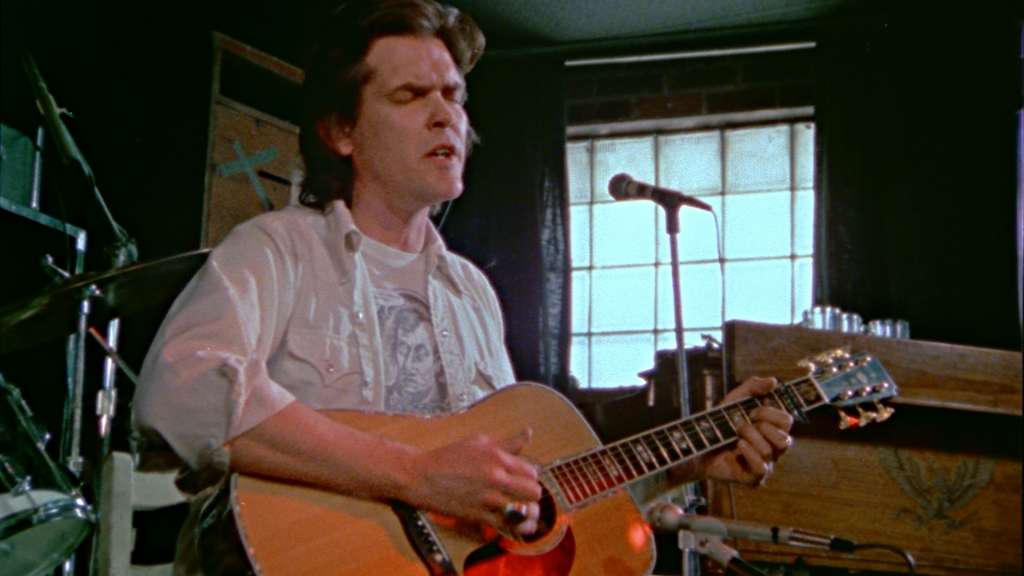
Heartworn Highways documents an early moment in the Outlaw Movement of country western music, with candid footage of Outlaw pioneers Guy Clark, Townes Van Zandt, David Allan Coe and Charlie Daniels, and also Clark’s very young mentees Steve Earle and Rodney Crowell. (Earle was only 22 and Crowell was 25 – Heartworn Highways includes the first recordings of their songs.)
There are lesser-known artists, too, including Steve Young (who wrote Seven Bridges Road) and the storyteller Gamble Rogers. Larry Jon Wilson records one of his songs after a rough night (he was 35 and looked 55). Peggy Brooks contributes a risque barroom ditty.
Guy Clark, his painter/songwriter wife Susanna Clark, and Townes Van Zandt were the subjects of the fine 2021 documentary Without Getting Killed or Caught. The three held a salon in their Nashville home, and mentored the likes of Crowell and Earle. You can the flavor of the salon in Heartworn Highways.
Heartworn Highways begins with Clark’s anthem LA Freeway and ends with a group sing of O Holy Night.
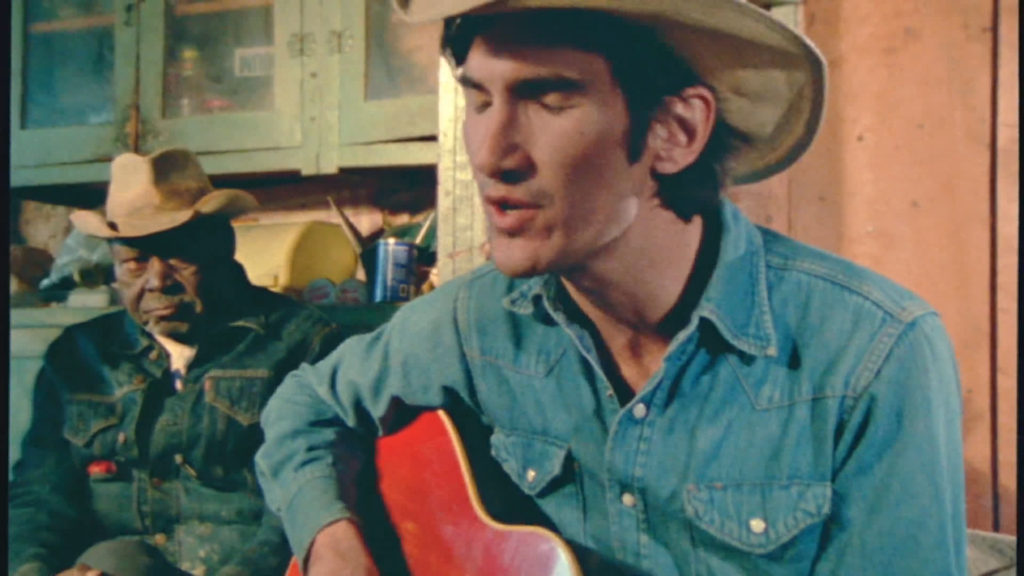
One unforgettable moment is Townes Van Zandt’s rendition of his Waitin’ Round to Die, which brings 79-year-old horse shoer “Uncle” Seymour Washington to tears. Van Zandt did not survive his alcoholism, and there is also a now poignant clip of him very drunk.
Written and directed by James Szalapski, Heartworn Highways was filmed 1975 and 1976 but it didn’t find its way into theaters until 1981. What appear to be outtakes from the filming can be found on YouTube.
Heartworn Highways is just an assortment of cinéma vérité clips, with the only relation to each other being this cadre of musicians and their art, but it works. It is available to stream from AppleTV, Vudu, YouTube and Showtime.

